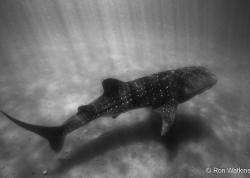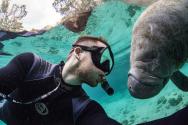Taking Vintage Lenses Underwater
In the constant quest for new and unique images, photographers in general come up with any number of interesting ways to make their photographs stand out. Underwater photographers are no exception. Generally this leads to two things. Lots and lots of experimentation and failure, and/or some fantastic creations.
 Taken with the Nauticam SMC macro lens
Taken with the Nauticam SMC macro lens
There is seemingly an increasing trend in photography to use vintage lenses on digital mirrorless and dslr bodies. These lenses can be difficult to use, may not have the best optics, but many of them give a look and 'feel' to an image that is almost impossible to recreate with the technical perfection of the best modern lenses. Theoretically, almost any vintage lens can be used underwater, it is just a matter of finding the correct adapters for digital bodies, configuring ports properly, and understanding the limitations of whatever piece of glass is being used.

Photo by: Nicholas Samaras
To achieve the most out of these lenses, photographers should shoot them at their widest aperture. Also remember, they are not meant to provide clinical, razor sharp images (The pictures included have all been downsized for the web so are much sharper than they appear here). They're supposed to provide a unique and potentially ethereal look. Embrace their imperfections. These lenses would all get terrible scores on DXO Mark and DPReview, just something to keep in mind. The two lenses represented here are the Trioplan 100mm f2.8 (the most popular of these lenses due to its remarkable optical qualities), and the Zeiss Tessar 50mm f2.8, which was recommended to me initially by Scubazoo's Jason Isley. The latter can be found on ebay for a whopping $40, while original version Trioplan's range anywhere from a few hundred dollars, up to around a thousand.
Lens Comparison:
-Trioplan 100mm f2.8 Vintage Version (There is a new, kickstarter created version)
Mounts
- M42 / Pentax mount
- EXA / Exakta mount
- M39 Leica screwmount
- Praktina mount
- *Adapters are needed to mount on Nikon/Canon/etc
- Weight: 600 gr
- Minimum Focusing Distance: 110cm (43.3 inches)
- Aperture range f2.8-f22
Both lenses have natural minimum focus distances that are just unrealistic to use underwater. The solutions to this are extension tubes (which bring the minimum focus distance closer), diopters (which allow closer focusing), and wet lenses which do the same.
Another attribute of these lenses is the incredibly smooth and soft out of focus areas when not trying for the bubble bokeh look.
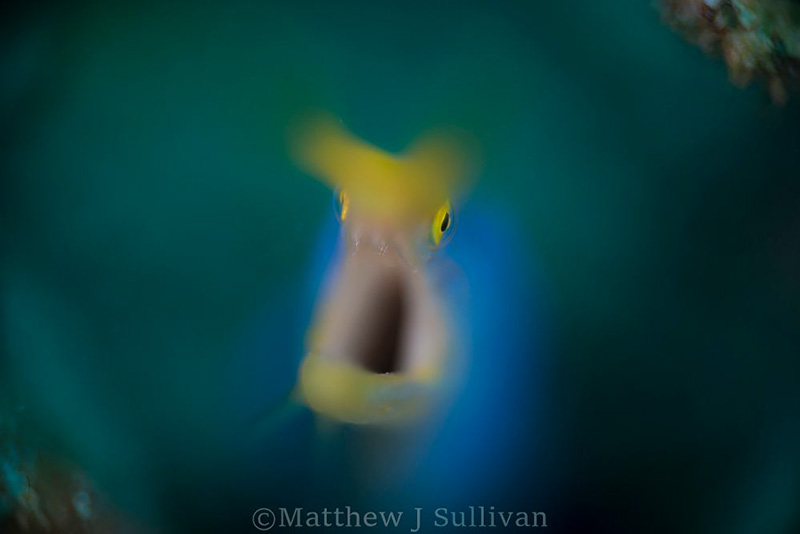
As difficult as these lenses can be to use, especially if you don't have custom made focus gear, they can unleash a lot of creativity. Not being able to rely on autofocus and being locked into shallow DOF and one single focus plane means the photographer is forced to get creative to produce an interesting image. This type of image and image making may not be to everyone's taste, but for those looking to add something new to their portfolio, or just want to have some fun with vintage glass, this may be the way to go.
For questions on vintage lenses under, port configurations, or any other underwater photography questions, please email me at matt@bluewaterphotostore.com
*Thank you Helen Brierley, Jason Isley, and Nicholas Samaras for use of their fantastic photographs.

More Photos:
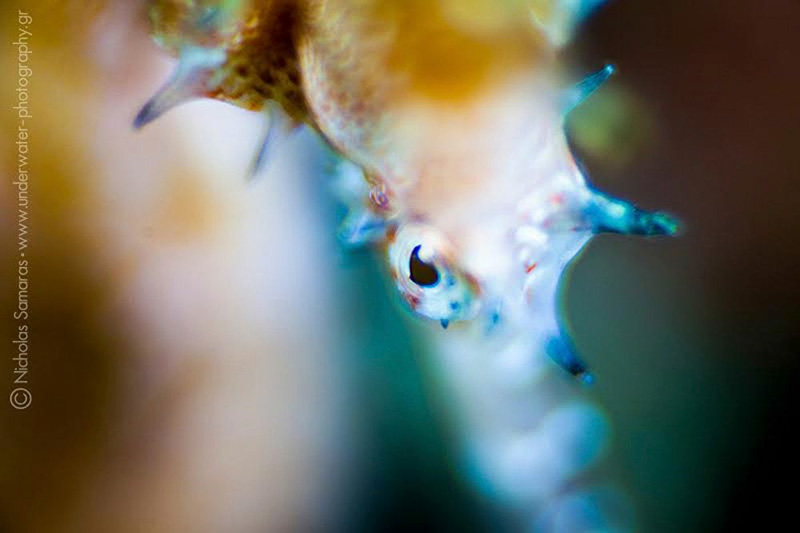
Photo by: Nicholas Samaras
 Photo by: Nicholas Samaras
Photo by: Nicholas Samaras

Photo by: Jason Isley
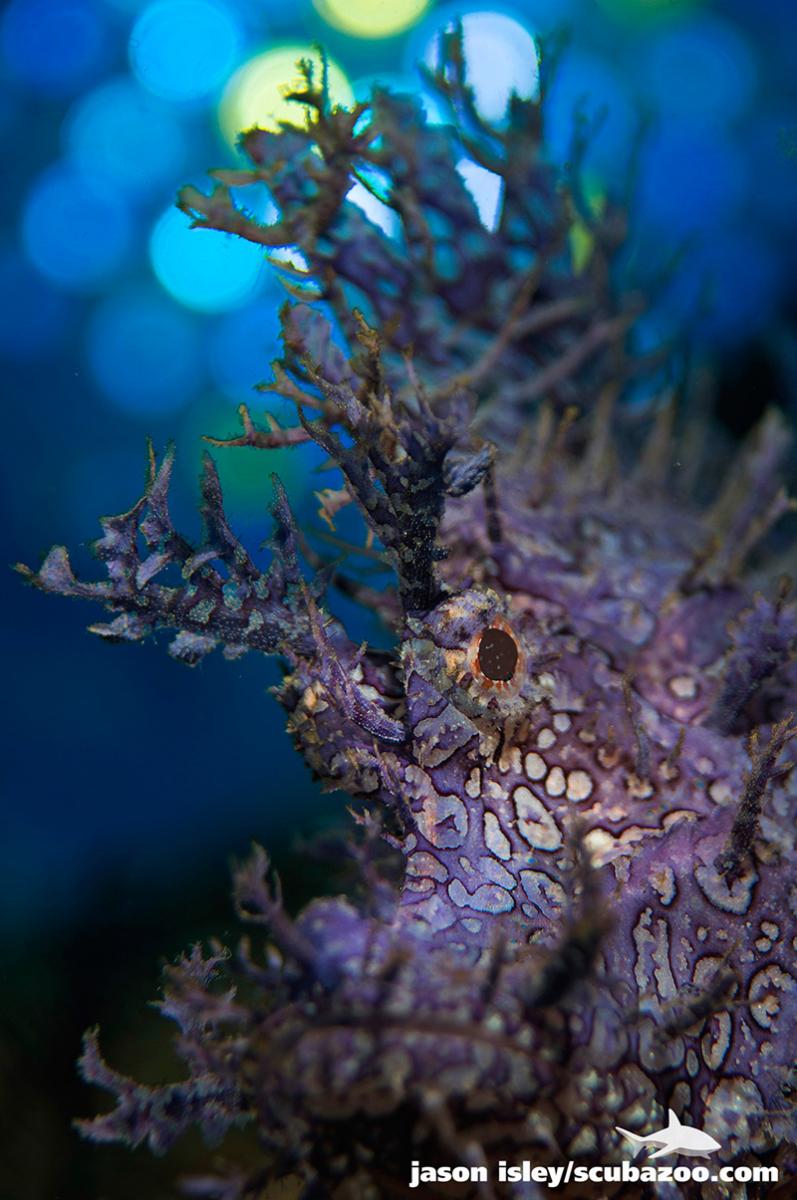

Photo by: Jason Isley
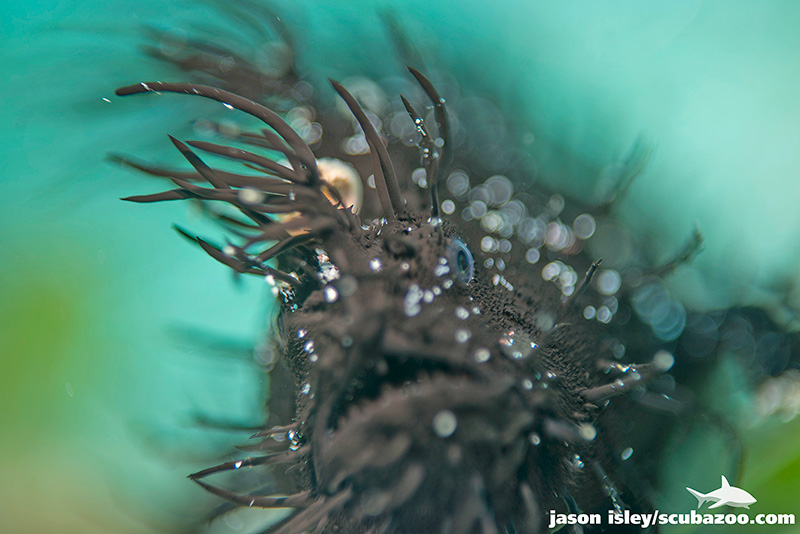
Photo by: Jason Isley
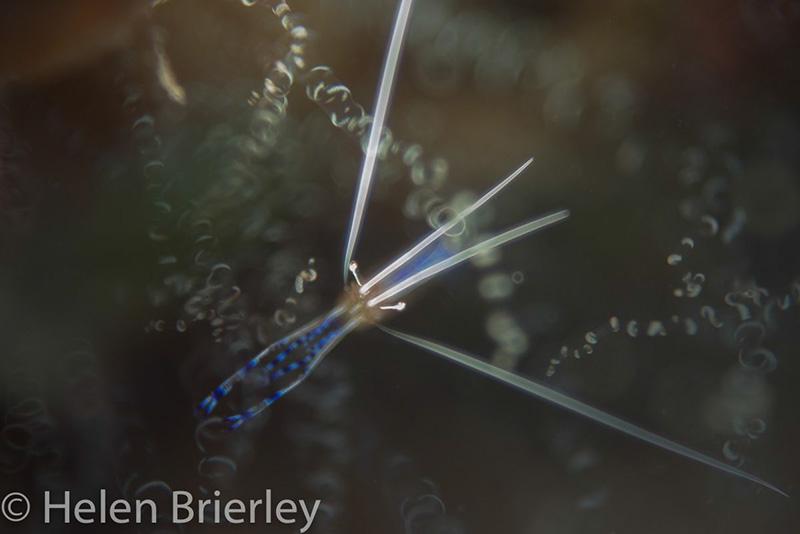
Photo by: Helen Brierley
RECOMMENDED ARTICLES
SUPPORT THE UNDERWATER PHOTOGRAPHY GUIDE:
The Best Service & Prices on u/w Photo Gear
 Visit Bluewater Photo & Video for all your underwater photography and video gear. Click, or call the team at (310) 633-5052 for expert advice!
Visit Bluewater Photo & Video for all your underwater photography and video gear. Click, or call the team at (310) 633-5052 for expert advice!
The Best Pricing, Service & Expert Advice to Book your Dive Trips
 Bluewater Travel is your full-service scuba travel agency. Let our expert advisers plan and book your next dive vacation. Run by divers, for divers.
Bluewater Travel is your full-service scuba travel agency. Let our expert advisers plan and book your next dive vacation. Run by divers, for divers.




